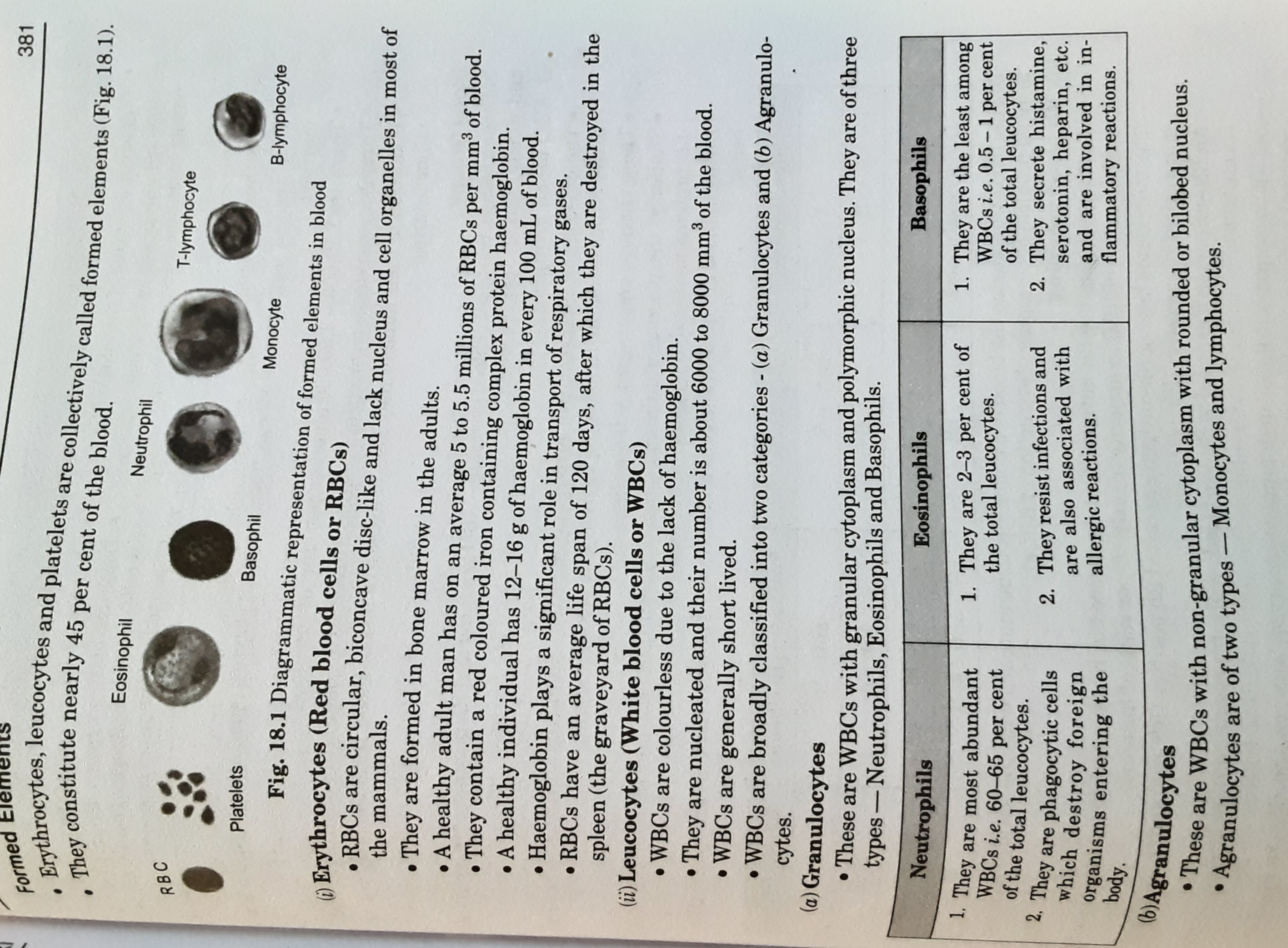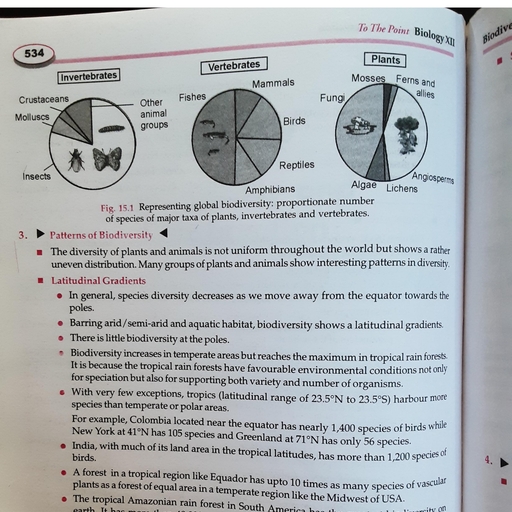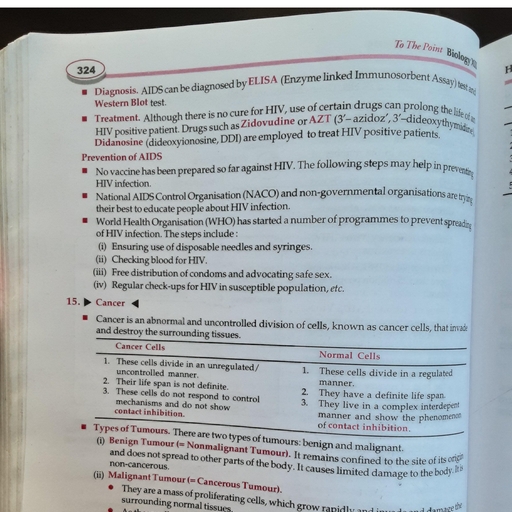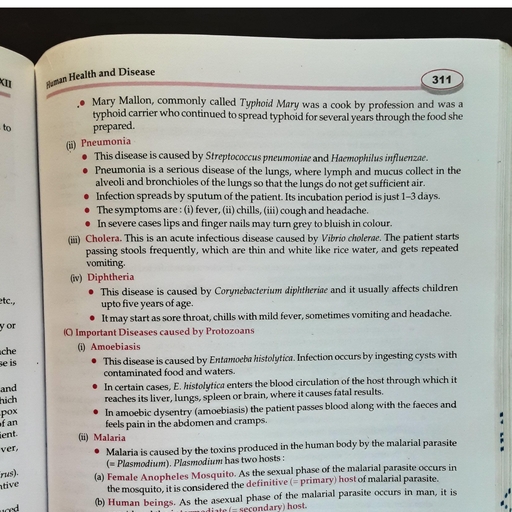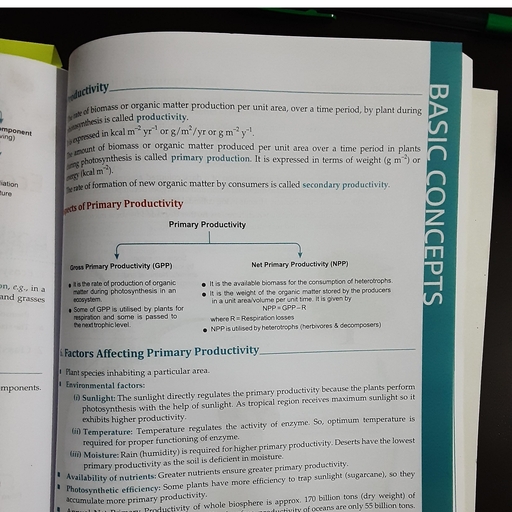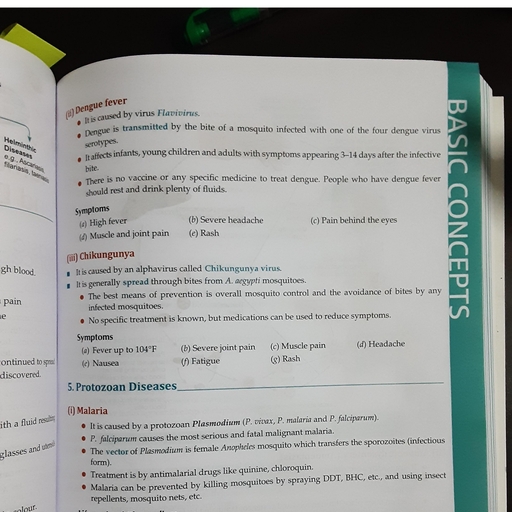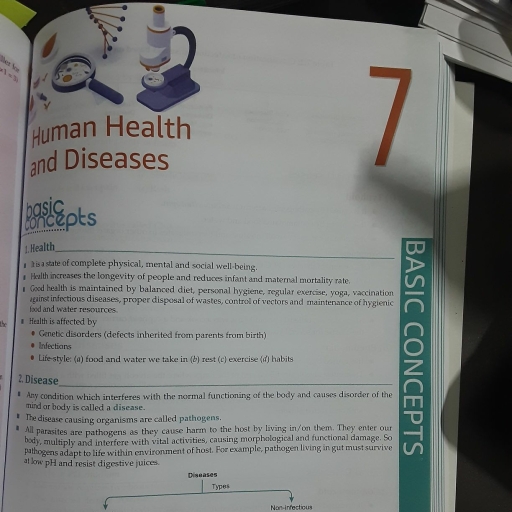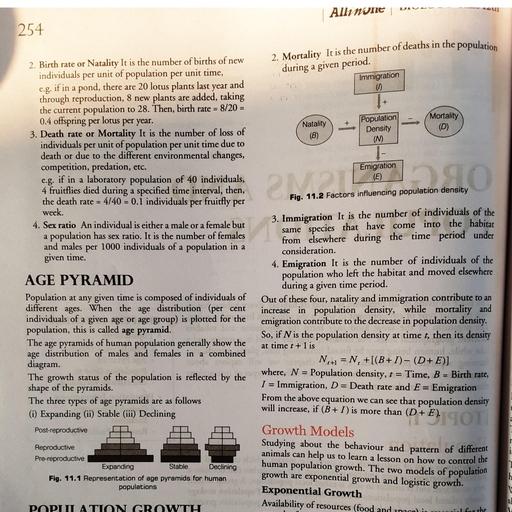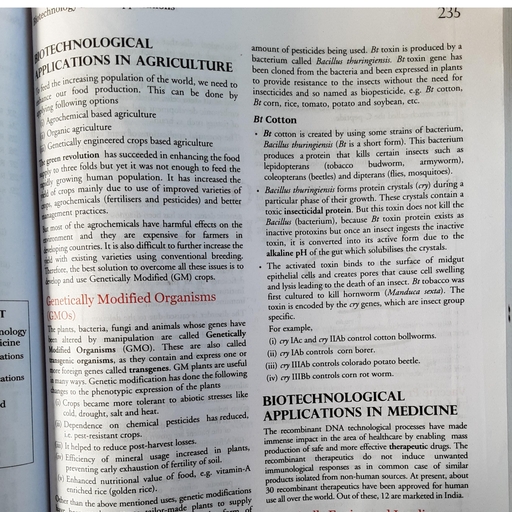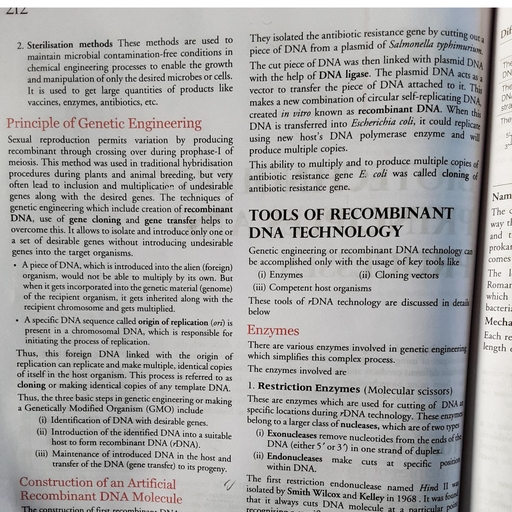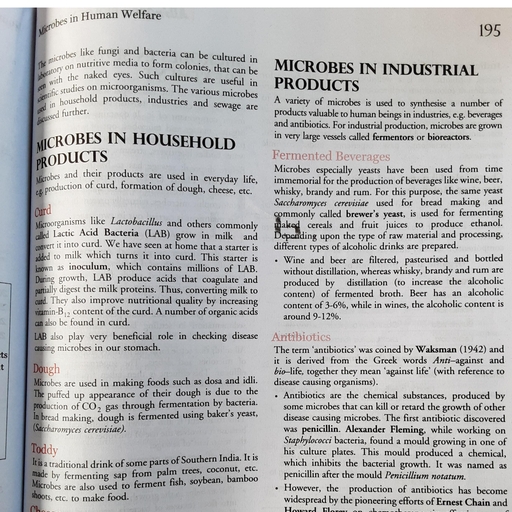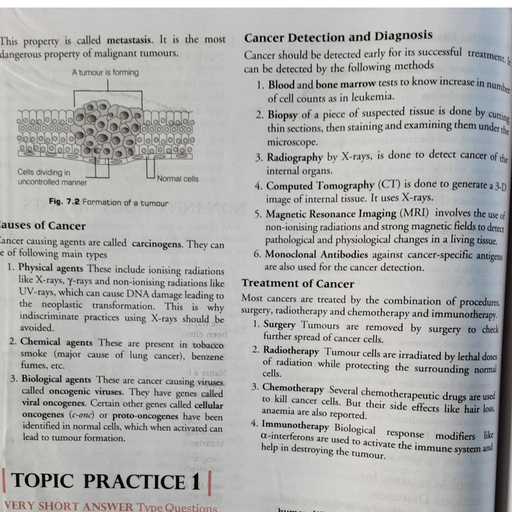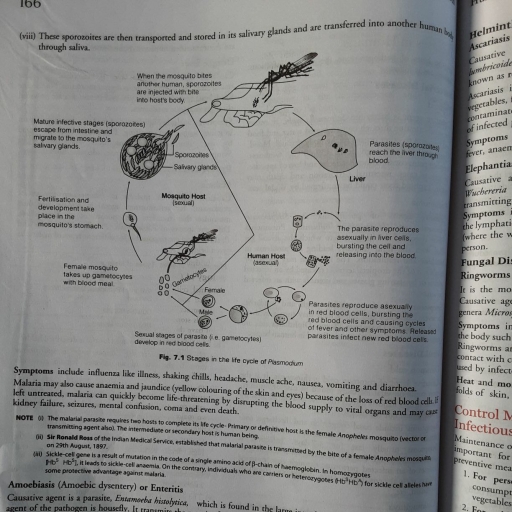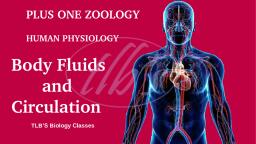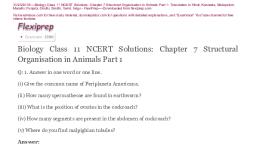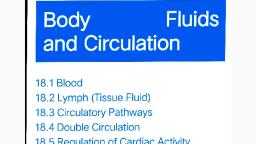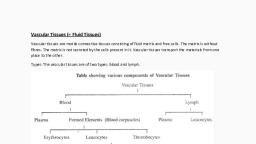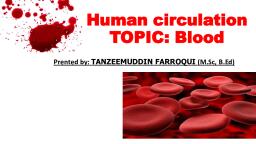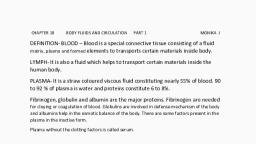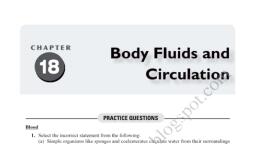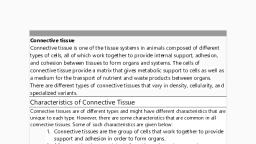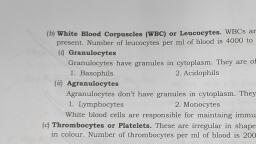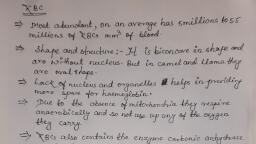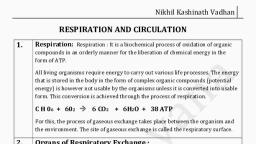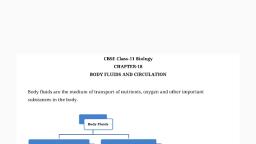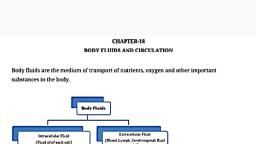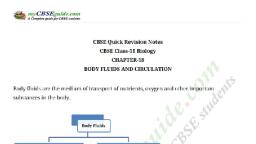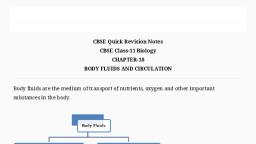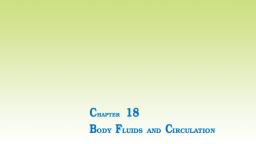Page 1 :
381, Formed, Eosinophil, Neutrophil, RBC, T-lymphocyte, Platelets, Basophil, Fig. 18.1 Diagrammatic representation of formed elements in blood, Monocyte, B-lymphocyte, • RBCS are circular, biconcave disc-like and lack nucleus and cell organelles in most of, the mammals., . They are formed in bone marrow in the adults., • A healthy adult man has on an average 5 to 5.5 millions of RBCS mm³ of blood., • They contain a red coloured iron containing complex protein haemoglobin., • A healthy individual has 12–16 g of haemoglobin in every 100 mL of blood., Haemoglobin plays a significant role in transport of respiratory gases., • RBCS have an average life span of 120 days, after which they are destroyed in the, spleen (the graveyard of RBCS)., (ii) Leucocytes (White blood cells or WBCS), • WBCS are colourless due to the lack of haemoglobin., per, • They are nucleated and their number is about 6000 to 8000 mm³ of the blood., • WBCS are generally short lived., • WBCS are broadly classified into two categories - (a) Granulocytes and (b) Agranulo-, cytes., (a) Granulocytes, • These are WBCS with granular cytoplasm and polymorphic nucleus. They are of three, types-Neutrophils, Eosinophils and Basophils., Neutrophils, Eosinophils, Basophils, 1. They are most abundant, WBCS i.e. 60-65 per cent, of the total leucocytes., 1. They are 2-3 per cent of, the total leucocytes., 1. They are the least among, WBCS i.e. 0.5 - 1 per cent, of the total leucocytes., are phagocytic cells, which destroy foreign, organisms entering the, body., 2. They resist infections and, are also associated with, 2. They secrete histamine,, serotonin, heparin, etc., and are involved in in-, flammatory reactions., allergic reactions., (6)Agranulocytes, These are WBCS with non-granular cytoplasm with rounded or bilobed nucleus., Agranulocytes are of two types-Monocytes and lymphocytes.
